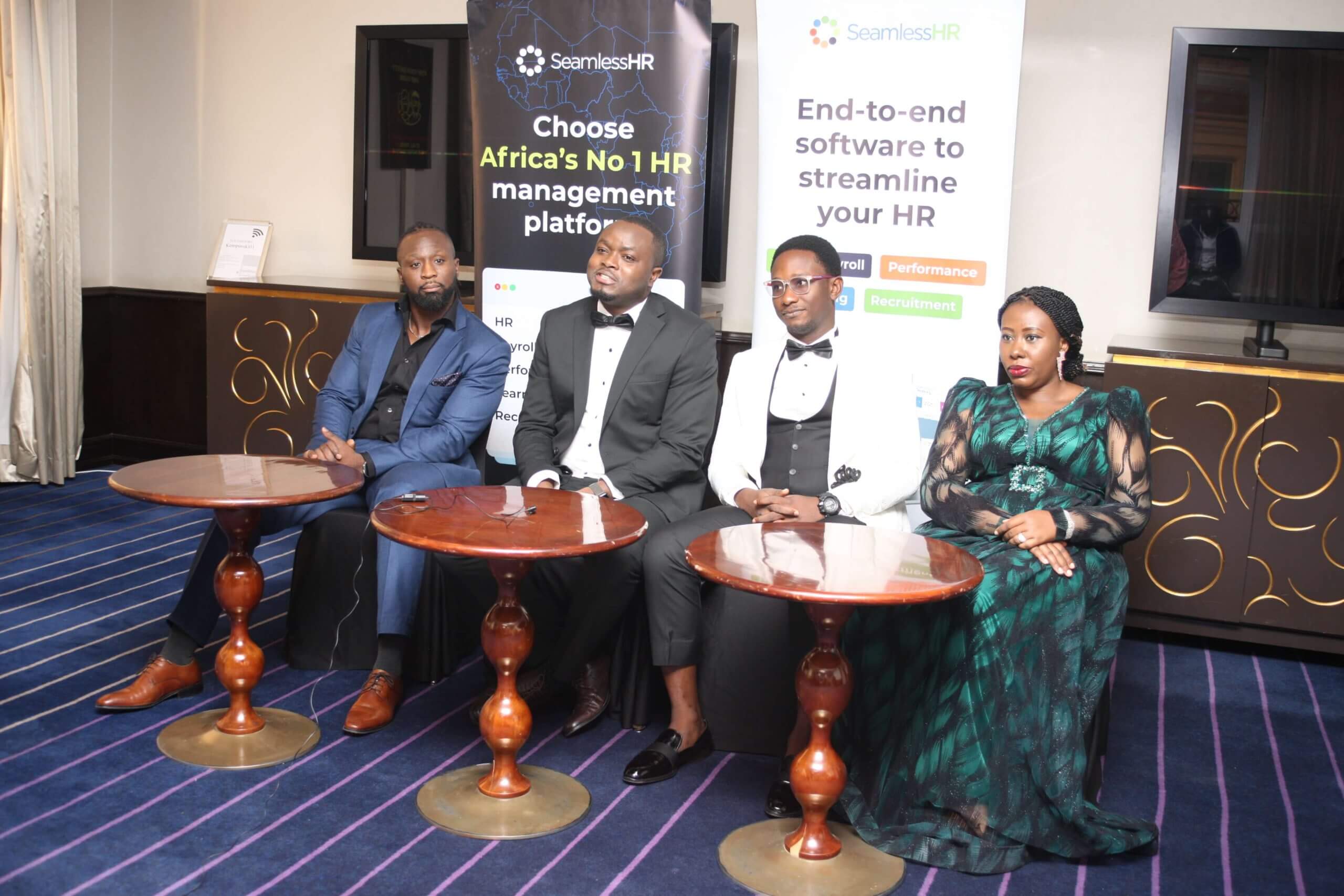What is Employee Engagement?
It’s great to have a highly efficient workforce but retaining them for as long as possible is equally important. Retaining employees is not just about keeping them in the company but also involves keeping them engaged, enthusiastic, and committed to your organisation’s success.
While employee engagement is critical to an organisation’s performance, Gallup’s 2023 State of the Global Workplace report states that only 22% of employees worldwide are engaged in their jobs, making this a matter of increasing concern.
Importance of Employee Engagement
1. Lowers employee turnover
Engaged employees are less likely to leave but more likely to stay longer and help to build up your organisation. Because it costs more to recruit new employees than to retain an existing workforce, you could also say that employee engagement helps to improve retention rates and save the organisation from turnover costs.
2. Improves productivity
Engaged employees are satisfied with their jobs and tend to be more productive than disengaged employees.
This study of companies with over 500 employees showed that 71% of managers felt that employee engagement was one of the most critical factors in overall company success.
3. Increases profits
Keeping employees engaged can lead to higher sales, lower costs, and increased net profit. This is because an engaged workforce has a stronger motivation to understand and identify with company goals, driving them to become more fully involved in their work.
4. Supports employee loyalty
Engaged employees are loyal and will speak positively about the company everywhere they go. This also contributes to the organisation’s employer branding, making the company more attractive to top talent.
5. Improves customer experience
Customers tend to be treated better by staff who enjoy the work that they do. Engaged employees will uphold the values of the company and are more careful to consistently put the company’s best foot forward as they deal with clients.
Easy Employee Engagement Activities For Your Organisation
Here’s a list of fun activities to help boost your employee engagement:
1. Fun Mondays
Working professionals all over the world have grown to dread Mondays, but HR can gear people up for the week with simple activities like sharing motivational quotes, memes, or even a quick trivia quiz in which an employee could win a free lunch.
2. Team lunches
If your employees work remotely, they might might not see each other often, and might miss the connection of physically relating with colleagues at the office. A simple lunch or picnic event can give them the opportunity to bond and catch up with each other outside of work-related communications.
A budget friendly option could be to host a potluck for employees. It’s less costly, and still achieves the same end of team-building.
3. Group workouts
The sedentary lifestyle of workers can take its toll on their wellbeing and health. To encourage fitness and show your employees that the organisation cares about their wellbeing, HR can plan to let the team close an hour early on certain Fridays and arrange for everyone to participate in a guided workout session or a short walk. This can also be done on a weekend.
HR in larger companies might have to divide their employees in groups to achieve this, but it still makes for a great team-building exercise.
4. Company-wide meetings
Organise a monthly or bimonthly meeting where all the staff, including the leadership, would be present. This could become a platform to promote the company culture, encourage banter among the team, and allow staff to get updates on what’s happening in the company.
5. Themed parties
Despite the free pizza, even the monthly office TGIF party can become pretty routine after a while. You can spin things around by creating a themed party where everyone’s outfits, the office decorations, food, music, etc reflect the theme of the day.
6. Virtual games session
Do you have a fully remote team? You can keep team spirits high by organising a monthly virtual games session.
You can also get creative by adding themes to each game night, creating games derived from those themes, and offering gifts for employees who wear the best costumes.
For example, a James Bond-themed game night could feature trivia questions about the Bond movies.
7. Office trivia sessions
Office trivia game sessions are usually a hit because of how relatable the questions and answers are. It’s sure to bring about a lot of laughter and good-natured teasing, whether your employees work remotely or not.
Here’s an example – what’s the manager’s favourite phrase at the end of a general meeting?
8. Talent shows
Besides the roles they occupy at your organisation, your people probably have talents that no one knows about because they’re not used at work. HR can plan a talent show (this could hold once every year) as a platform for employees to have fun as they showcase those talents.
If possible, have senior managers participate in the talent show. In larger organisations, HR could create groups with members from several departments so that everyone can participate, and to encourage interdepartmental team bonding.
More Suggestions on Employee Engagement Activities
Your organisation should look at employee engagement as a continuous journey, and not just an activity.
Here are some other things you can do to improve employee engagement at your company.
1. Conduct an employee engagement survey
Carry out a survey to find out the engagement level of your employees and how to improve it. Ask open-ended questions about their experience in the company and expectations from the organisation.
If possible, make the surveys anonymously answered, so employees do not feel anxious about sharing negative feedback. It’s also important to communicate the results of the survey with employees and also to keep them updated on the changes being made from their feedback.
2. Provide incentives and perks
Rewarding the commitment and performance of employees with relevant compensations and benefits is a major factor when it comes to job satisfaction. Some of such benefits include an annual leave allowance, paid maternity leave, health insurance, performance bonus, competitive salary, etc.
While your organisation might not be able to offer all of these perks, it’s important that they know and understand that the company is offering the best that it can at the moment.
3. Improve work-life balance
It’s important to create systems that allow employees to spend time with family, and even pursue interests outside of the workplace. Having work-life balance helps to make employees happier, better adjusted, productive, and more engaged in their roles.
This can be done by supporting remote working options, celebrating employees’ achievements out of work, creating opportunities for connection on interests that are not work-related, and even automating time-consuming processes.
4. Recognise employees for a job well done
Set up a rewards and recognition programme to recognise high performing employees. When employees are appreciated and openly celebrated for their hard work and achievements, they are encouraged to keep up the good work or do even more.
5. Assign a buddy to new hires
How well employees are introduced to the company at the point of onboarding will determine how engaged they will be, and ultimately, how long the company would be able to retain them.
Besides facilitating the activities in the onboarding session, try to pair the new hire with an engaged and high-performing employee (preferably in their department).
This will help them fully settle into the company and absorb the company culture faster.
6. Provide necessary resources
It’s easier for your people to work more efficiently when they have the needed resources to do their work well. This can range from work tools, necessary subscriptions, and even something as simple as ergonomic furniture.
7. Provide learning and career growth opportunities
Giving employees the opportunity to upskill and advance their careers communicates that the organisation believes in them and is willing to invest in them.
Similarly, giving employees access to career growth opportunities (such as preparing them to occupy internal positions) shows them that the organisation can be good for their own career trajectory, encouraging engagement and high retention.
8. Encourage honest communication
Organisations with highly engaged employees and a high level of innovation are known to have a culture of honest communication and transparency.
Employees should be able to share ideas, feedback or ask questions without being afraid of being reprisal or having their ideas shut down. Knowing that their opinions matter helps your people feel more valued, and also helps the organisation become more innovative.
9. Celebrate personal and work-related milestones
Whether your team works remotely or not, birthdays, work anniversaries, and other life events (births, deaths, marriages, etc.) should be recognised as much as the HR budget will allow.
If you’re working with a small HR budget, know that even acknowledging the milestone and receiving celebratory messages from colleagues, will make the employee feel special, and reaffirm their importance to the team.
10. Avoid micromanaging
Micromanaging staff communicates that you do not trust them to do their work effectively. Since your employees have been hired based on their skills and experience, create a system that lets them take responsibility for their work. Communicate clear expectations, and let them deliver with as minimal interference as is feasible.
This gives them a sense of ownership in their role, and allows for innovation, making it less likely that your top performers will leave the organisation because they feel constrained in their jobs.
11. Track employee performance
Creating a performance management system is a great way to motivate and engage employees. It creates a platform for regular feedback between employees and managers, so employees know when they’re doing a great job, and receive feedback on areas of improvement.
Employees want to know have the opportunity to become better at work and be recognised for the value they add to the organisation. Performance management helps to make this happen.
With a performance management software like SeamlessPerformance, you can set goals for your employees that align with the departmental and organisational objectives, create a culture of regular communication, and build a high-performance culture, where everyone is contributing to moving the company forward.
We hope you find these recommendations useful! What employee engagement activity do you currently implement at your organisation?







